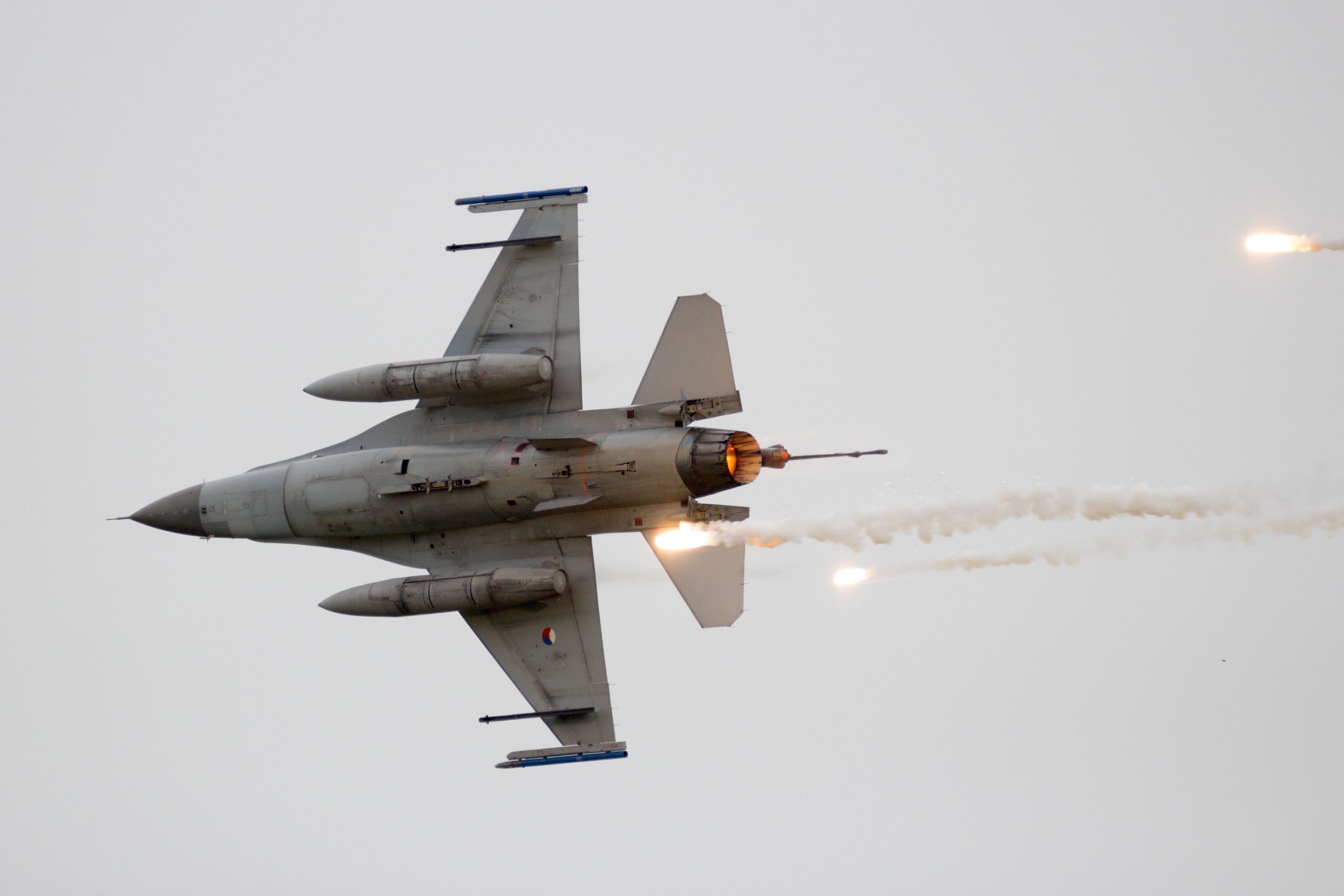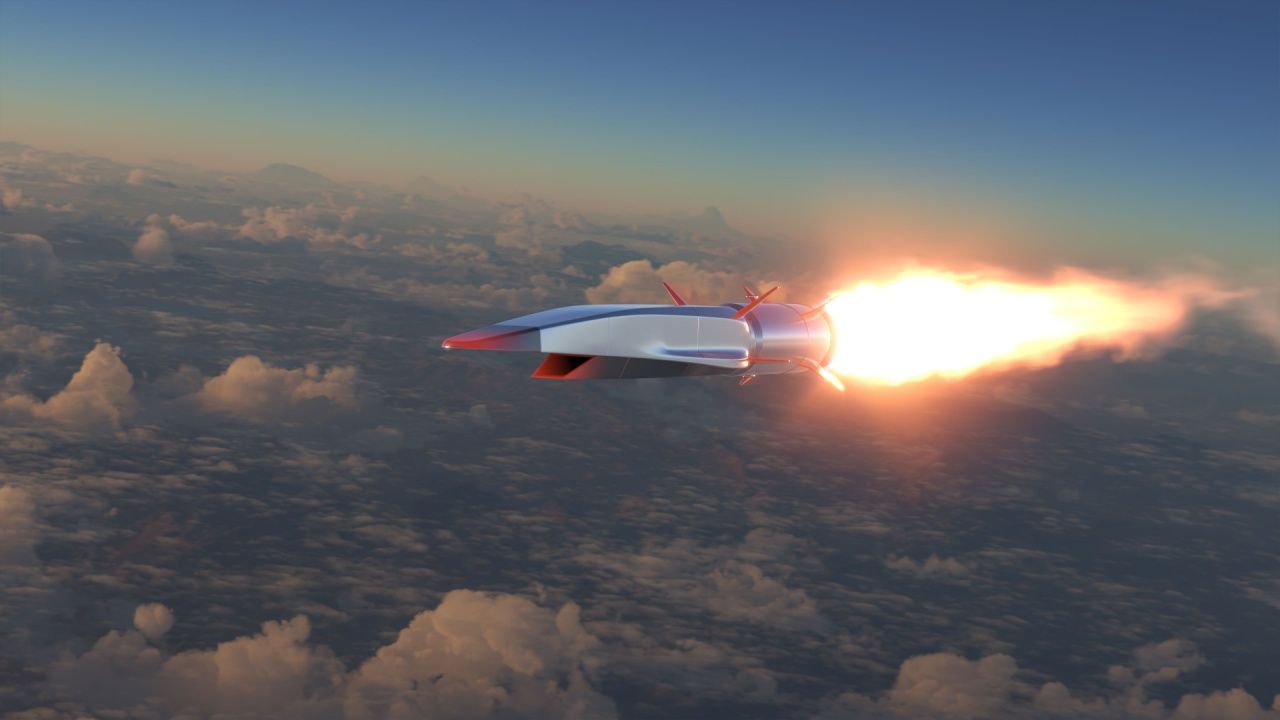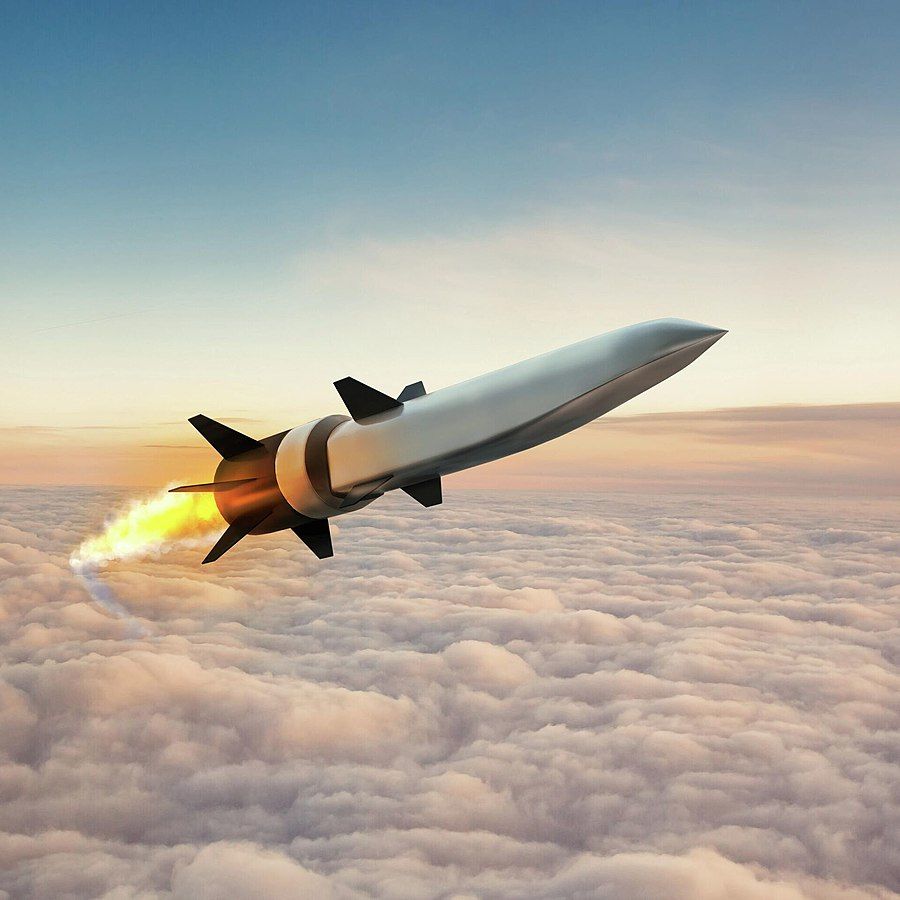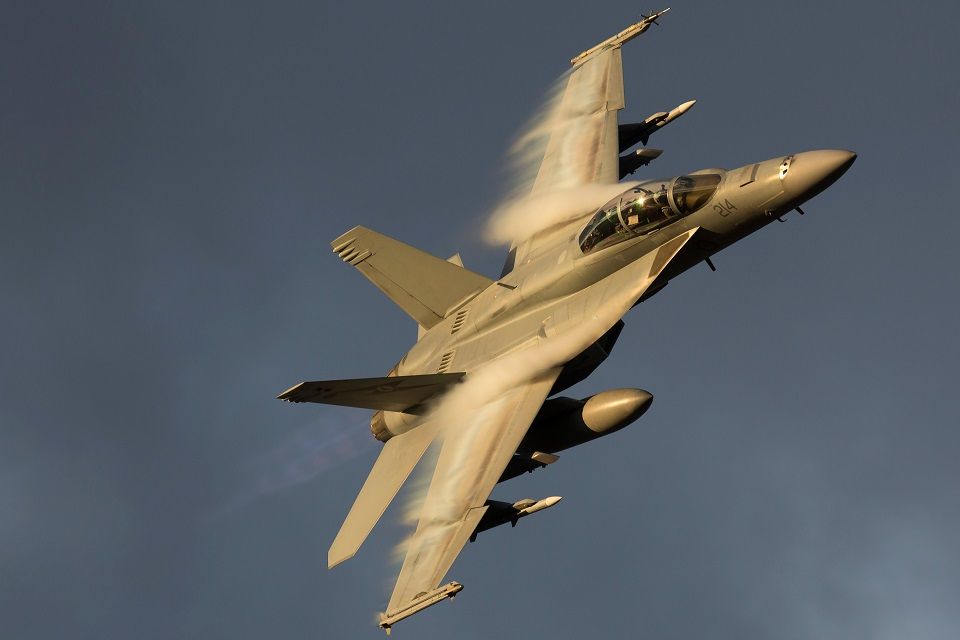Summary
- US Air Force to test hypersonic missile on Australian jets for range limitations.
- US military uses modified drones for testing infrastructure to support hypersonic development.
- HACM to be integrated into F-15E Strike Eagle with planned limited service by 2027.
The Royal Australian Air Force (RAAF) will soon test launch prototypes of the US Air Force’s Hypersonic Attack Cruise Missile (HACM). The tests will be carried out on American-built Australian Air Force F/A-18F Super Hornets. The race is on among the great powers to develop hypersonic missiles. Russia was possibly the first to field what it claims to be hypersonic missiles (although these seem to have been repeatedly intercepted by American-made Patriot systems in Ukraine).
US Air Force to test hypersonic missile on Australian jets
The US Air Force will soon start testing its new hypersonic missile on Australian Air Force jets down under. Exactly when these tests will occur remains uncertain. The ostensible reason for using Australian Super Hornets to test the missile is “test range availability and limitations,” which have been an “issue for hypersonic programs.” A new GAO report stated, “Test range availability and limitations have been an issue for hypersonic programs… several of HACM’s planned flight tests will occur in Australia using Australian Air Force F/A-18s.”
The Warzone notes that the US military does have limitations in testing infrastructure with hypersonic development programs. The US is addressing this by acquiring a fleet of modified RQ-4 Global Hawk drones (called Range Hawks), which can gather data during hypersonic flight tests. The Warzone publication also notes that the facilities Australia is building infrastructure to operate its new MQ-4C Tritons and that infrastructure could support American Range Hawks.
The US Air Force’s upcoming hypersonic missile
The Air Force plans to bring the HACM into service by 2027 (initially in limited numbers). The hypersonic missile is expected to be integrated into the F-15E Strike Eagle fighter jet. The Strike Eagle enjoys a long range and can carry a heavy and outsized payload compared to other jets like the F-35 (which needs to carry weapons internally to maintain stealth). The Air Force is expected to eventually integrate the HACM with other aircraft.
Specific details about the hypersonic missile program remain limited, but it is known to include two stages—a rocket booster and a scramjet cruiser. The hypersonic missile’s speed is unknown, but ‘hypersonic’ is normally defined as anything faster than Mach 5. Hypersonic missiles have become something of a buzzword, and they have only a limited number of practical applications against time-sensitive, high-value targets.

Related
How Do Fighter Jets Avoid Missiles?
A combination of evasive maneuvers, jamming, and the use of countermeasures help evade missiles.
Australia’s upcoming hypersonic missile
The US Air Force HACM is interconnected with US and Australian efforts to develop an air-launched hypersonic cruise missile for Australia (called the Southern Cross Integrated Flight Research Experiment or SCIFiRE).
Photo: Royal Australian Air Force
According to the Australian Air Force, the “new weapon [SCIFiRE] will be a Mach 5-class precision strike missile that is propulsion-launched and powered by an air-breathing scramjet engine. It will be capable of being carried by tactical fighter aircraft such as the F/A-18F Super Hornet, EA-18G Growler, and F-35A Lightning II, as well as the P-8A Poseidon maritime surveillance aircraft.”



